Government News
Creative designs boost Shanghai's hidden infrastructure 2022-09-18
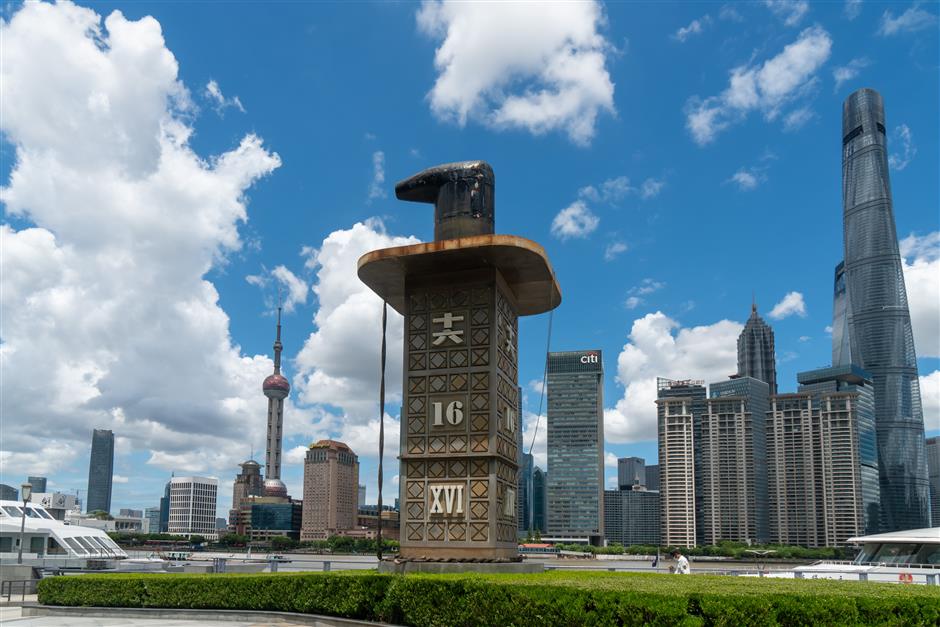
The newly renovated Shiliupu Dock along the Huangpu River.
Shanghai is wielding its design power in the construction of landscapes, pipelines, sewerage systems and other invisible infrastructure as part of the creation of a "City of Design."
During the World Design Cities Conference, the Shanghai Engineering Design Institute, the city's major infrastructure designer, became an active participant along with the high-tech firms, design companies, colleges and artists.
About a dozen senior engineers from the institute unveiled the innovative designs involved in the city's present and future urban development at a forum themed on "the invisible City, the visible excellence."
"The new urban development principles, such as low-carbon, resilient, waste-free and intelligent, require involving more innovative genes in the urban planning and design," said Lei Ting, president of the institute.
"Those invisible and unnoticeable infrastructure designs determine the future development of the city."
A "soft design" concept, for instance, has been applied in the city's landscape designs for downtown historical streets and the riverside regions along the Suzhou Creek.
These soft sightseeing attractions will neutralize the hard and cold steel and concrete structures and make people feel relaxed, safe and pleasant, said Zhong Lu, landscape architect director with the institute.
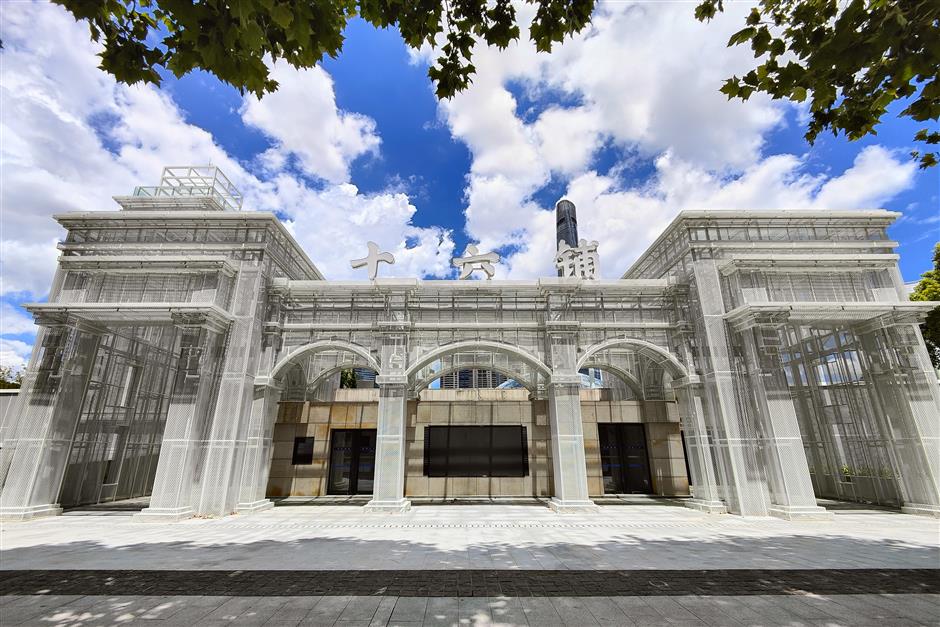
The newly renovated Shiliupu Dock
During the recent renovation on Nanchang Road, Zhong led her team to involve music, painting and art exhibitions to restore the historical ambiance of the region where many cultural celebrities and reformists once lived.
The 1.7-kilometer road, formerly called Route Dollfus and Route Vallon, stretches between Huangpu and Xuhui districts. The boulevard is flanked by plane trees and villas once home to figures such as painter Lin Fengmian (1900-1991), poet Xu Zhimo (1897-1931), translator Fu Lei (1908-66) and industrialist Wu Yunchu (1891-1953).
Zhong teamed up with a group of artists to create an Art Deco logo for the road by extracting and combining the design elements of the old architecture, stores, walls and electric poles.
People can feel the history and culture of the road through the logos decorated on the pavement and walls along the road, she said.
For the waterfront space of the creek, Zhong solicited more than 1,000 poems about the creek from the public and carved 21 of the best on the flood walls.
In her latest project, the renovation on the city's legendary Shiliupu Dock, once the city's major commercial port and key to its rising as an international metropolis, five large sightseeing walls have been created with metal paintings about its historical development.
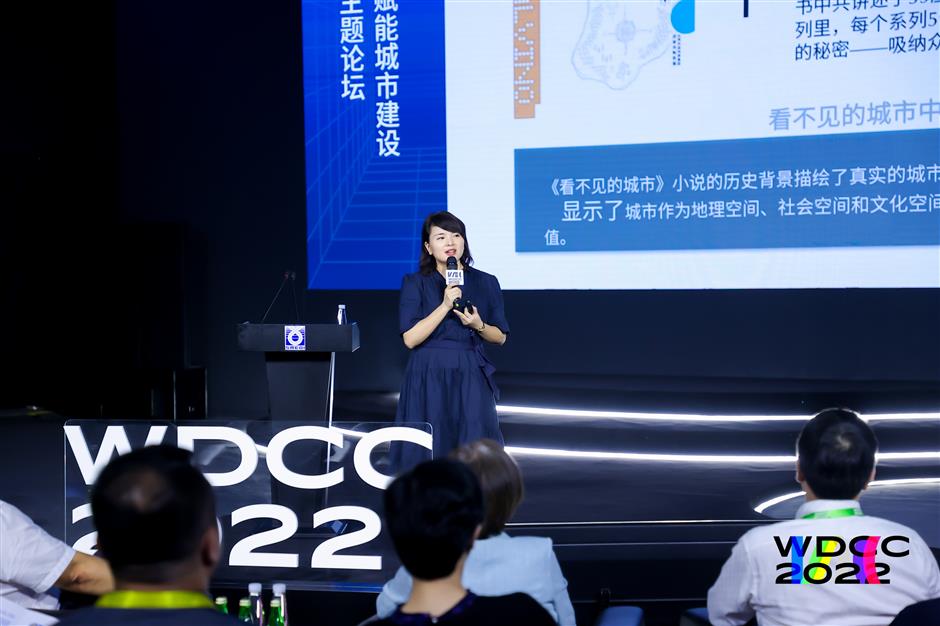
Zhong Lu, landscape architect director with the Shanghai Municipal Engineering Design Institute (Group) Co
Another concept, the "waste-free city," has been involved in the design of many garbage transfer stations in Shanghai.
Most of the existing garbage transport sites are half underground, but the future projects will be fully buried with a public garden above, said Wang Yanming, a deputy chief engineer of the institute.
A similar concept has been applied to the newly opened sewage treatment plants of the city. The Nanxiang Sewerage Plant, for instance, has become the first complete underground sewerage treatment project in Shanghai.
It won't influence the life of nearby residents, but created a free sports and wetland park. A tiny water environment museum has been developed above the plant to showcase the world's most cutting-edge water treatment technologies.
The underground facilities and pipes will be inspected and monitored with robots, drones and other smart gadgets, said Zhang Xin, another senior engineer of the institute.
The "comprehensive pipeline system," or the tunnels integrating the electricity, communication, water and other infrastructure pipelines, has been widely promoted during the city's construction of the five "new cities," said Wang Jian, an engineer taking charge of the project.
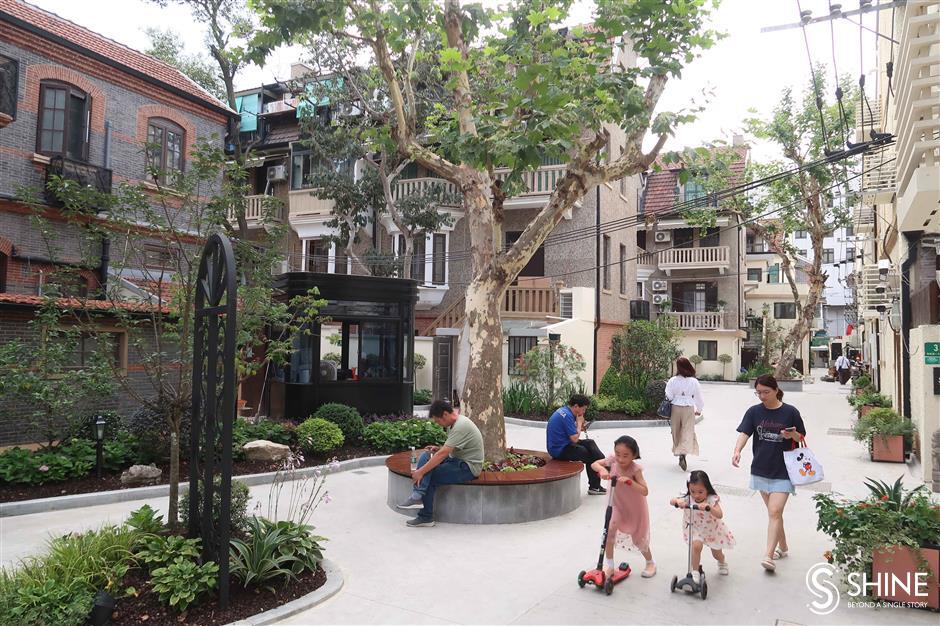
A street garden developed during the latest renovation on the historical Nanchang Road
"The new pipeline system is expected to largely reduce the maintenance cost, save land resources, better protect the environment and enhance the city's resilience against disasters," Wang said.
"They will become the blood capillary of the lively city."
The pipeline system has been built in several trial projects in Jiading New City, Songjiang South Railway Station and the redevelopment of the World Expo 2010 site in Pudong.
The five "new cities" in suburban areas of Jiading, Qingpu, Songjiang and Fengxian districts, as well as Nanhui in the Pudong New Area are the key development strategy of the city to boost its future social and economic growth.
"Innovative design is the navigation system for Shanghai's urban development," said Zhu Jianhao, vice director of the Shanghai Housing and Urban-Rural Development Commission.
Great urban designs can largely increase the senses of gain, happiness and safety for citizens, Zhu said.
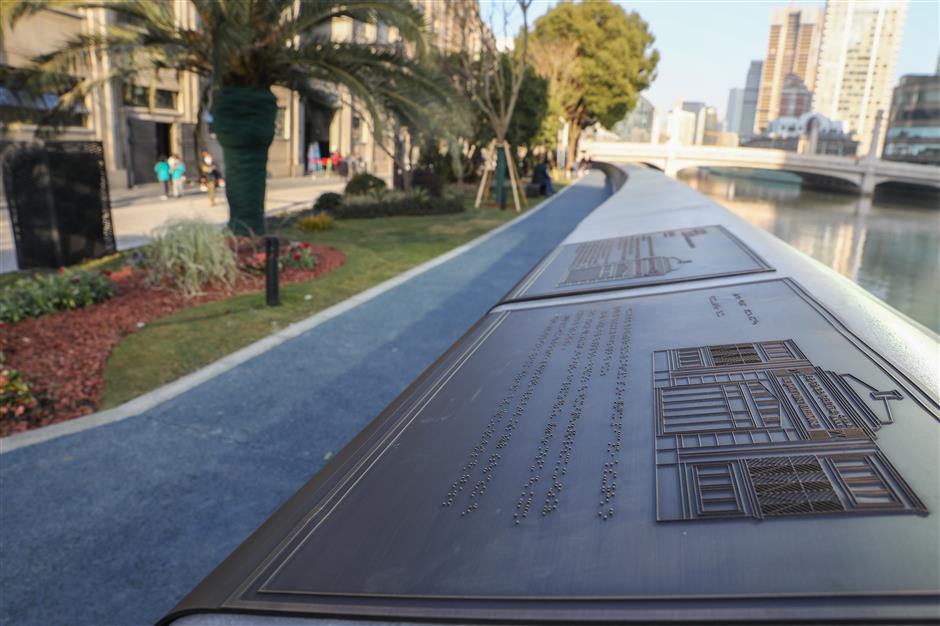
The waterfront region along the Suzhou Creek in Jing'an District
Source: Shanghai Daily
Application Status
| 04-16 | 21315227 | Processing |
| 03-12 | 21315226 | Processing |
| 09-26 | 21315225 | Processing |
Inquiry Status
| 02-29 | 02131558 | Received |
| 03-06 | 02131557 | Received |
| 11-14 | 02131556 | Received |
FAQ
Q: Q: Is there a place where I can get...
A: A: Log on to http://touch.shio.gov....
A: A: Log on to http://touch.shio.gov....
Q: Q: What is the easiest way to set u...
A: A: 1. Log on to http://touch.shio.g...
A: A: 1. Log on to http://touch.shio.g...
Q: Where can I get an English map of S...
A: English maps of Shanghai are availa...
A: English maps of Shanghai are availa...

